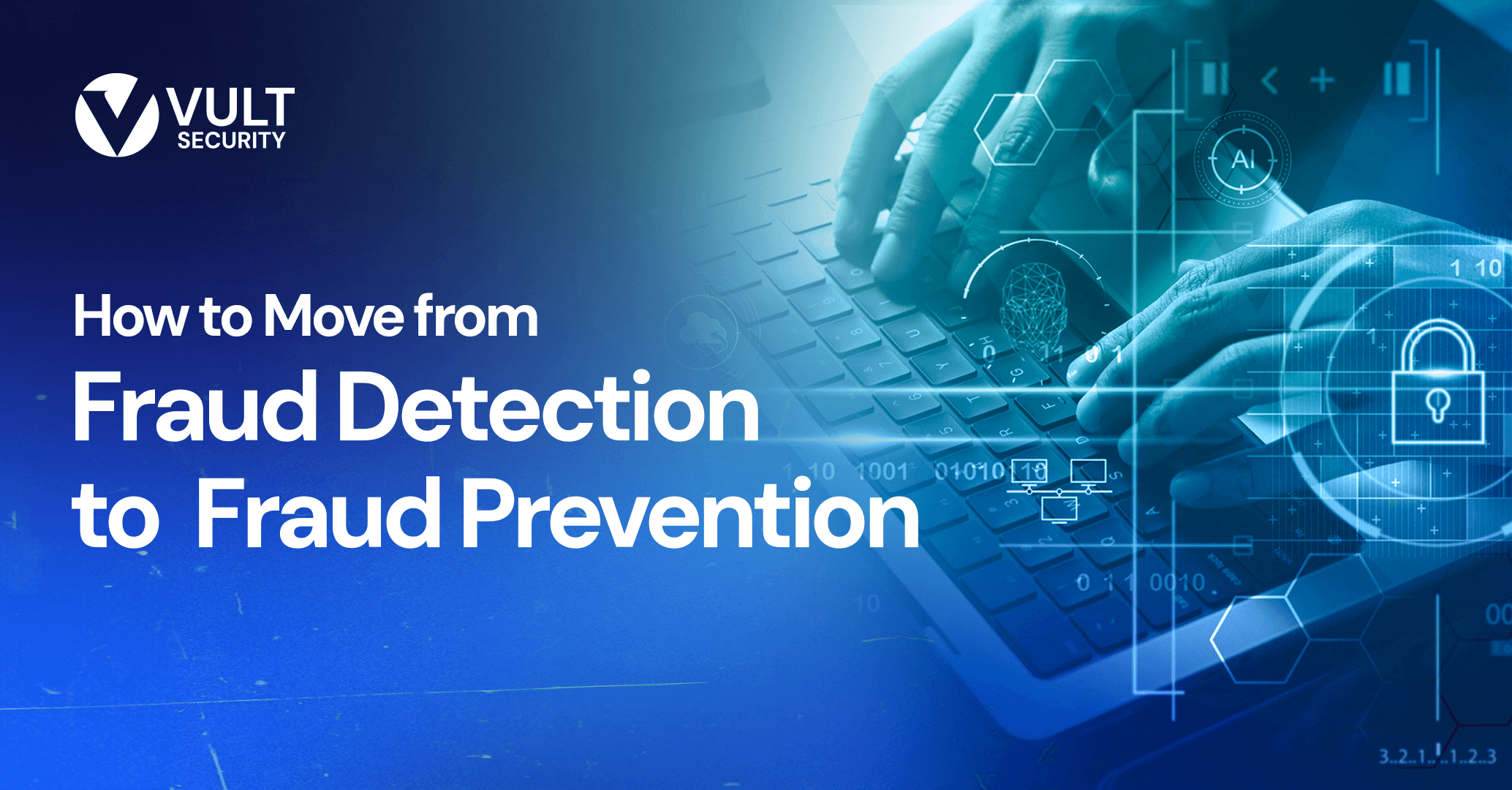
The fraud business is worth billions of dollars, and traditional ways to detect it are usually behind. They can only recognize fraudulent activity once it has happened, but that could leave a company defenseless in the meantime. However, merchants can reduce their losses considerably and establish a safer consumer environment by focusing on fraud prevention rather than dealing with it after the fact.
Why Fraud Detection Isn’t Enough
Conventional strategies for fraud detection tend to be reactive in nature. This means enterprises must discover and deal with fraud after it has occurred. Though necessary, this approach has some shortcomings:
- Late Intervention: Despite identifying a fraudulent transaction or activity, damage has already been caused. Organizations are forced to bear financial and reputational impacts, which may take time and effort to recover from.
- Heightened Costs: Handling the aftermath of fraud, such as chargeback fees, legal charges, and other charges used during investigation and remediation processes, is expensive. All of these require resources in terms of both money and time.
- Customer Annoyance: Stringent measures for detecting scams can sometimes create inconvenience for genuine consumers, leading them to abandon their transactions and negatively impacting user experience.
The Power of Proactive Fraud Prevention
To conquer these restrictions, companies must adopt a more proactive approach to dealing with fraud – that is, focusing on prevention rather than only detection. By concentrating on preventing fraud, enterprises can:
- Mitigate Risks: Fraud prevention strategies allow businesses to identify potential weaknesses and address them before they are exploited, thereby minimizing the chances of a successful attack.
- Improve Experiences: Businesses should enact seamless measures against fraudulent activities to prevent interference with their customers’ operations, creating trust and loyalty.
- Strengthen their Foundation: Effective strategies implemented to prevent fraud have been proven over time to save merchants money. By cutting direct costs, coupled with indirect savings realized from other related costs, merchants can contribute positively to profitability.
Key Strategies for Effective Fraud Prevention
To unlock the full potential of fraud prevention, businesses can leverage a range of proven strategies and techniques:
Risk-Based Authentication
Using risk-based authentication can help businesses find the right balance between security and user experience. Such an approach considers different data points regarding a transaction or user to evaluate its danger. In other words, companies can ward off fraudulent activity while ensuring that their actions do not adversely affect genuine consumers if they adjust the verification level to meet security needs.
Behavioral Analytics
Monitoring user behavior patterns may reveal potential fraud cases. Businesses should, therefore, analyze factors like device fingerprinting and transaction history. This helps them identify real-time anomalies or suspicious activity, thereby preventing further damage.
Machine Learning and Artificial Intelligence
Prevention of fraud can be greatly improved through the employment of machine learning via artificial intelligence algorithms. These sophisticated methods can scrutinize vast volumes of information, recognize complicated trends, and decide what action should be taken based on these findings.
Multi Multi-layered security Measures
Creating resilient defense mechanisms against fraudulent activities requires implementing many layers of security measures designed expressly for this purpose or integrating various preventive approaches into one system. Depending on the situation, this can involve biometric authentication and transaction monitoring. Even if attackers manage to pass through one layer, they will still be detected and stopped by another layer within the defense system.
Challenges and Best Practices in Fraud Prevention
There are difficulties in moving from a passive fraud detection method to an active fraud prevention system. They consist of:
- Data Combination and Control: Using data to prevent scams requires strong integration and cohesive data administration practices that ensure precision, uniformity, and security.
- Regulative Conformity: Organizations should guarantee that their scam avoidance procedures follow pertinent industry guidelines and information privacy legislation to avoid legal or monetary penalties.
- Cooperation and Details Sharing: Establishing partnerships with sector peers and regulatory bodies can help discover and share the most current fraud patterns and the finest avoidance techniques.
- Constant Renovation: Services need to continually monitor, assess, and change approaches to acknowledge brand-new scam methods throughout the prevention procedure.
Successful Fraud Prevention Initiatives
Many firms have made significant progress toward implementing reliable fraud prevention strategies:
- Fintech Business: While keeping an uninterrupted customer experience at the forefront, one of our clients decreased grift by using a more powerful risk-based verification system and machine learning formulas.
- Retail Giant: Behavioral analytics combined with fingerprinting tools allowed Retail Titan to detect fraudulent activities earlier rather than later, resulting in improved customer protection.
- Healthcare Provider: By monitoring transactions in real time and integrating biometric authentication into its systems, the Healthcare Carrier protected sensitive patient information and lowered instances of unapproved access by 40%.
Closing Thoughts
Organizations must proactively safeguard their operations to secure themselves against fraudsters. Once this is done, their track record and customer self-confidence stabilize and improve over time. Acting preventively is necessary to avoid severe financial impacts.
Changing from an approach where fraud detection is reactive to a complete plan, which ensures all feasible methods are employed at every phase of the procedure, may save firms the required funds.
These methods can deter defrauders even when they’re transparent since the new heightened challenge level becomes apparent. The threat of penalties for overcoming the rapidly reactive AI is no longer worthwhile.